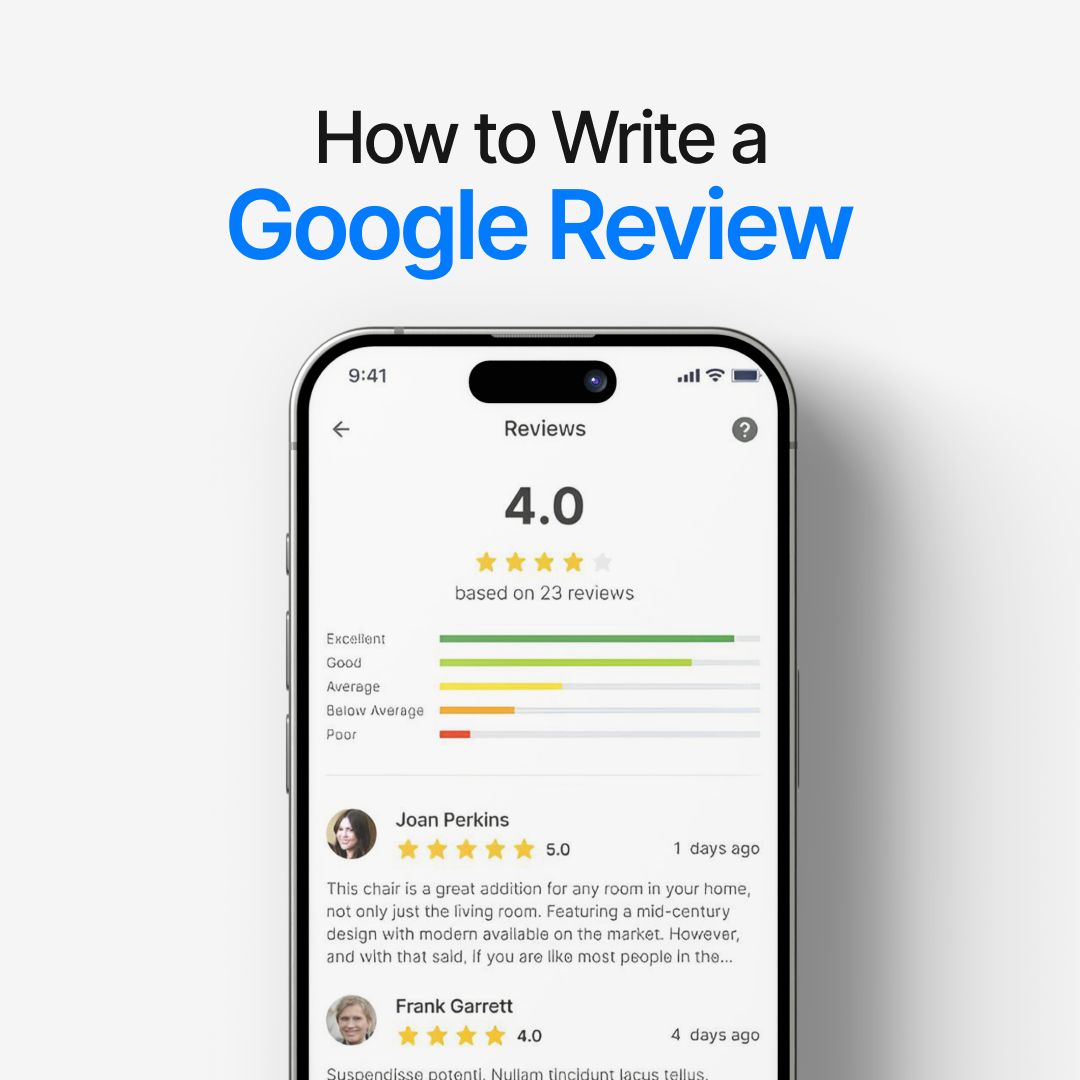
How to Write a Strong Thesis for a Persuasive Essay
Why do some essays grip attention while others dissolve into background noise?
Readers rarely remember every supporting detail, but they almost always sense the strength of the central claim. That claim is the thesis.
A thesis for a persuasive essay is not decoration. It is the anchor that shapes arguments, signals direction, and convinces readers there is a case worth following.
Beginners often stumble here, either writing a statement that is too obvious or scattering multiple ideas in one line. Both mistakes weaken the essay before it even begins.
This guide breaks the process down into practical steps. You will see how to create a persuasive thesis statement, test its clarity, refine it, and avoid the common traps that waste effort. The aim is not abstract theory but a usable direction you can apply the next time a writing assignment lands on your desk.
Anatomy of a Persuasive Thesis
Clear Position
Readers must know your stance within seconds. A thesis that hedges or hides behind soft language fails to persuade. Instead of writing, School uniforms exist in many schools, the stronger line is, School uniforms reduce distractions and improve focus in classrooms. The second example makes a direct claim that can be debated.
Specific Scope
Vague claims stretch too wide. A thesis about climate change being a global problem is too broad for a single essay. Narrowing it to local governments should ban single-use plastics to reduce landfill waste gives the essay a sharp target. A clear boundary keeps writing organized and evidence manageable.
Arguable Claim
A thesis must invite debate. Statements of fact lack persuasive power. Water boils at 100°C is true but cannot form the basis of an essay. By contrast, Mandatory water conservation policies are essential to prevent shortages in urban areas creates space for evidence, counterpoints, and persuasion.
Support-Ready
A thesis must live in reality. If you cannot find evidence, data, or logical reasoning to back it, the line collapses under pressure. Choosing a claim you can actually defend is half the work of writing. This is where quick research or AI search tools can confirm whether the idea stands on firm ground.
Steps to Write Your Thesis Statement
Most students freeze at the blank page. The problem is not the essay itself but the absence of a clear starting line. A persuasive thesis provides that line.
Step 1: Break Down the Essay Prompt
Step 2: Brainstorm Positions
A strong thesis does not arrive in one try. Jot down several angles, even ones that feel rough. Suppose the essay asks about social media and mental health. Possible positions could be: social media increases anxiety, social media connects isolated groups, or effects vary by age. Laying out options helps you see which angle offers enough room to argue.
Step 3: Draft a One-Sentence Claim
Boil the position into one clear line. This is not the place for long explanations or multiple clauses. One sentence should capture the argument. Example: Social media use among teenagers contributes to higher anxiety levels and reduced self-esteem. That line can be defended with studies, examples, and logic.
Step 4: Refine for Precision
A draft thesis often reads clunky. Tighten the wording until each word carries weight. Avoid vague phrases like a lot, many, bad influence. Replace them with sharper language. Instead of social media is bad for teens, refine to excessive social media use erodes teenage self-esteem by replacing real interaction with online comparison. Precision persuades.
How to Test and Refine Your Thesis
A persuasive thesis cannot remain untested. Writers must pressure-check their line before the full essay builds around it.
Checklist for a Strong Thesis
- Is the claim specific enough to be argued in a short essay?
- Can readers disagree with it?
- Does it point toward evidence you can actually find?
- Is the language precise and free of filler?
If the thesis passes all four, it is ready for drafting.
Peer Review and Feedback
Sharing the line with a classmate or tutor exposes weaknesses you may not see. If someone responds with that’s obvious or I’m not sure what you mean, the thesis needs sharper focus. Clarity to outsiders is the true test of persuasiveness.
Mistakes to Avoid
- Too broad: Education is important for success cannot anchor a persuasive essay.
- Statement of fact: The Earth orbits the sun is true but not arguable.
- Multiple ideas crammed into one line: This confuses both writer and reader.
- Vague wording: Terms like good, bad, lots leave interpretation wide open.
Iterative Refinement
A thesis is not a stone carving. As research deepens, you may adjust or sharpen the claim. Early drafts are scaffolding. Final drafts are the polished structure. Treat revision as part of writing, not as failure.
By testing and refining in this way, you guarantee the essay grows from a foundation that persuades instead of crumbles.
How Chatly Helps in Writing a Strong Thesis Statement
Crafting a persuasive thesis often requires more than one attempt. Chatly offers tools that simplify the process.
- AI Search: Pulls credible sources, studies, and articles that back up your position. Reliable research strengthens the thesis and provides material for body paragraphs.
- AI Chat: Generates multiple thesis variations. You can test which one feels sharper, more precise, and more persuasive before committing.
- Multi Models: Each language model has a slightly different style. Trying several gives you a range of thesis phrasings and tones.
- Templates: Chatly includes ready-to-use thesis structures. These templates guide beginners toward clarity without losing originality.
Using Chatly does not replace thinking. It supports the student by speeding up research, suggesting variations, and checking clarity. That support shortens the gap between first draft confusion and final thesis precision.
Conclusion
A persuasive essay stands or falls on its thesis. Without a clear, arguable claim, even the strongest evidence feels scattered. A precise thesis statement shapes the essay’s structure, guides research, and convinces readers that the argument deserves attention.
Writing one takes practice. Start with breaking down prompts, draft multiple positions, and refine the line until it is specific, arguable, and evidence-ready. Over time, testing and feedback turn thesis writing into second nature. Essays become stronger, arguments clearer, and persuasion more effective.
Suggested Reads
Frequently Asked Questions
Still got questions? Read the most frequent questions related to writing a strong thesis statement.
More topics you may like

How to Write a Brand Collaboration Proposal in 2025

Muhammad Bin Habib

How to Write a Movie Novelization Using AI Chat (Complete Guide)

Muhammad Bin Habib

How to Write a News Release (Complete Guide for 2025)

Muhammad Bin Habib

How to Write a Case Report in 2025

Muhammad Bin Habib

How to Write a Google Review That is Helpful and Feels Unbiased

Muhammad Bin Habib
